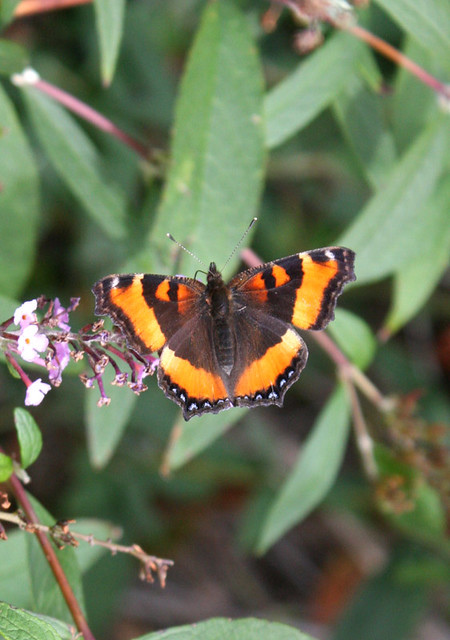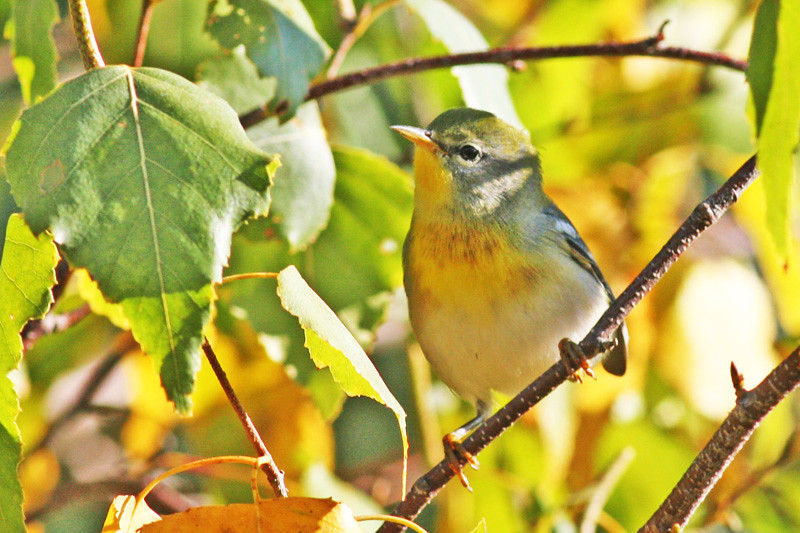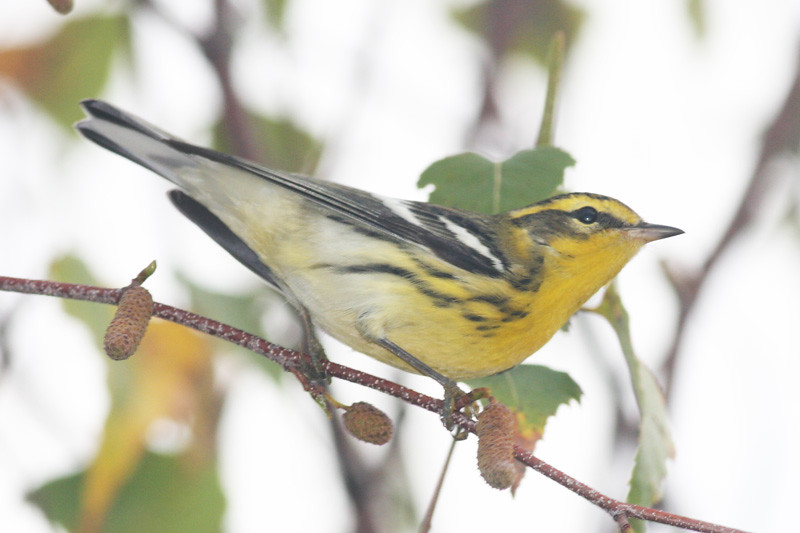
These beautiful insects can be hard to find, so coming across this species is always exciting. One of the best places to find this butterfly is at the Lehigh Gap Nature Center. The trails and gardens at the LGNC attract dozens of Milbert's Tortoiseshells every year. The native Aromatic Aster in the habitat gardens is a popular plant for many late-season butterflies especially this species.
For more information about the Milbert's Tortoiseshell, visit the Butterflies and Moths of North America website.






